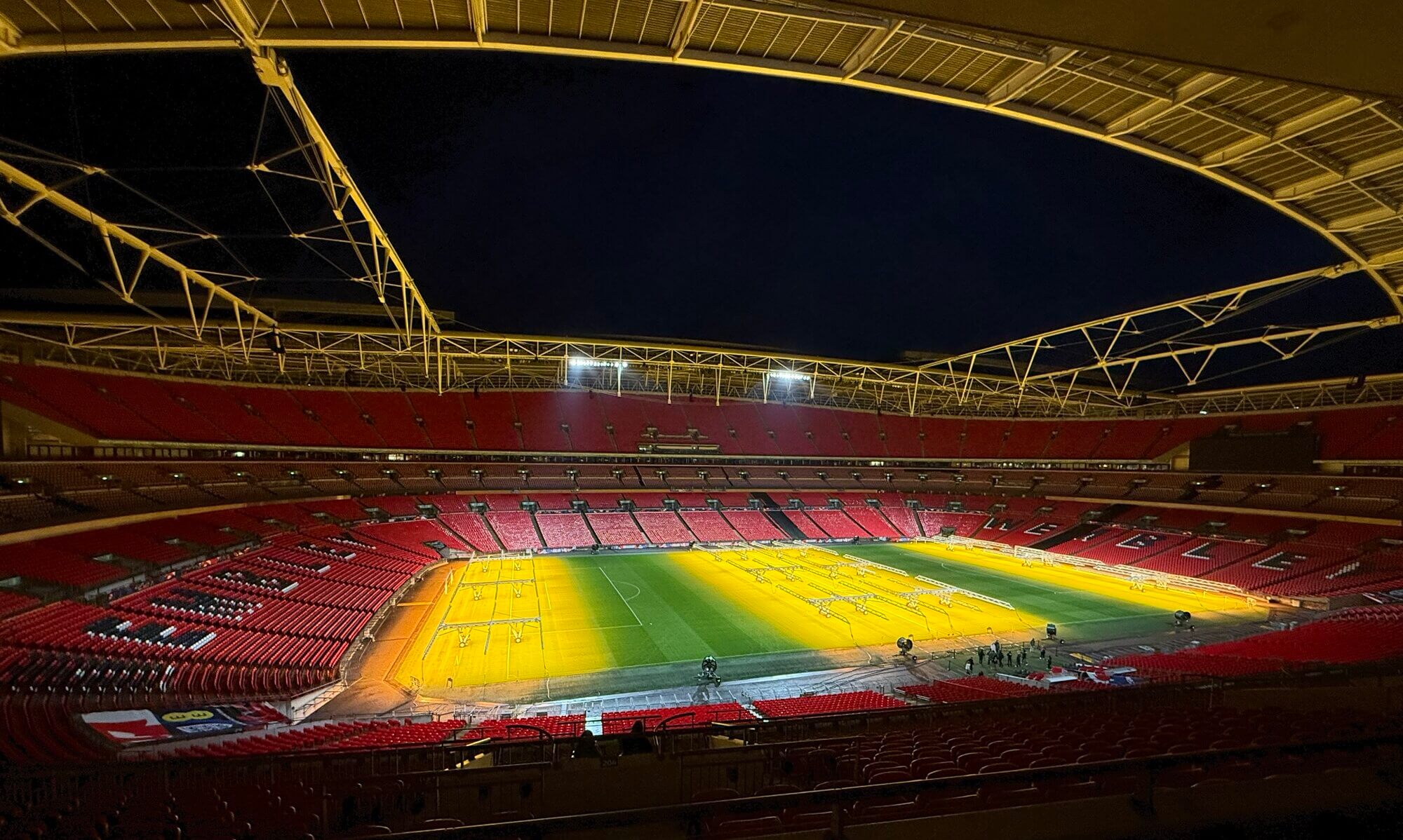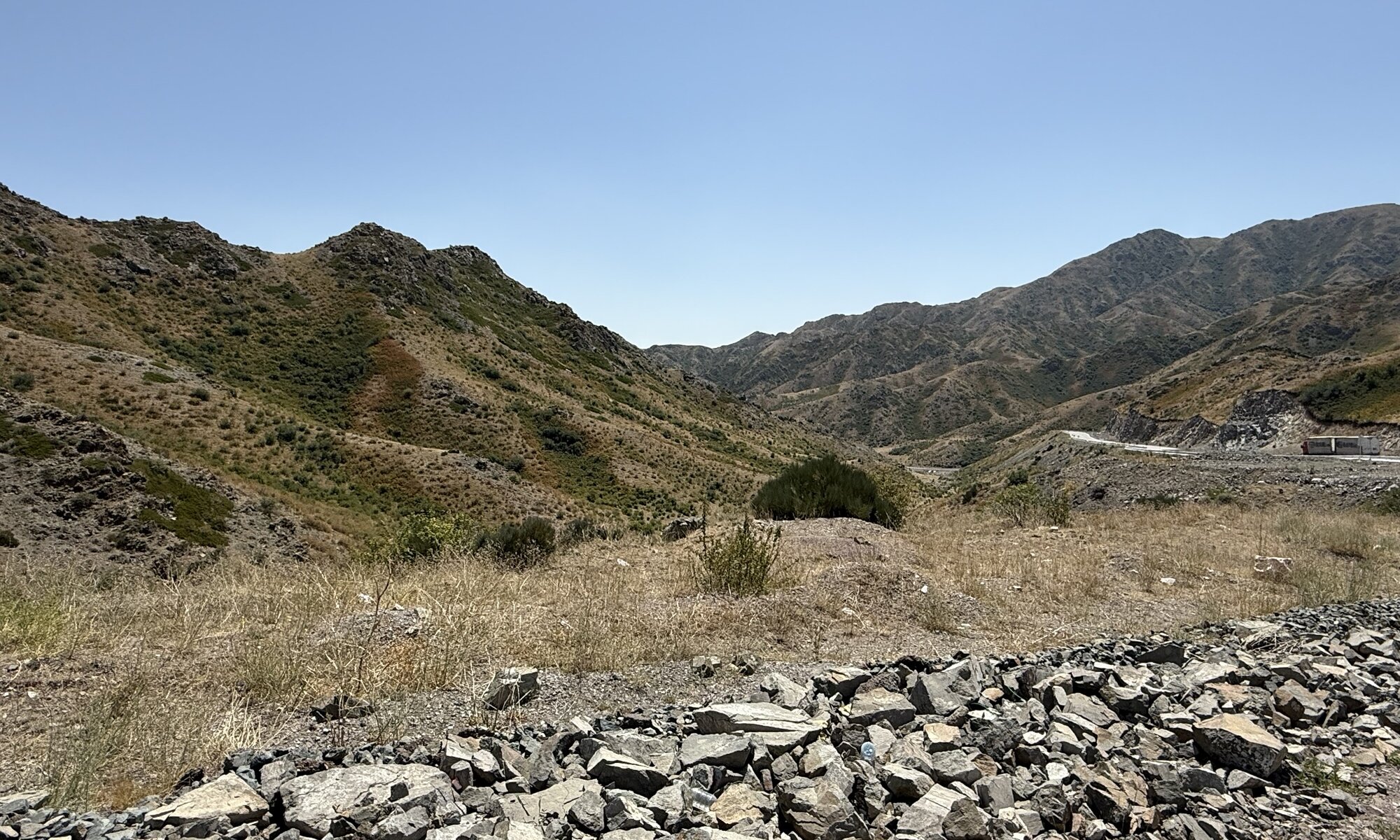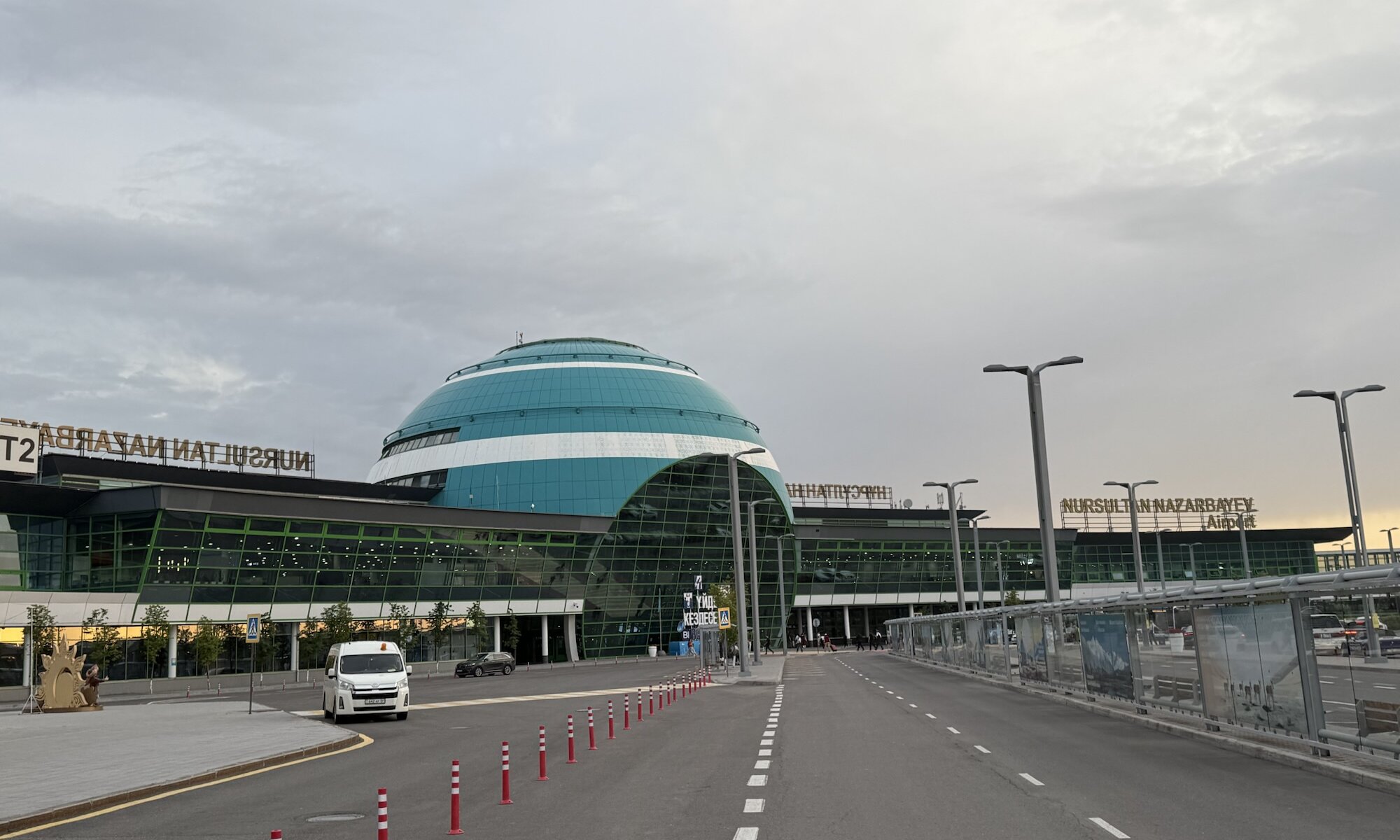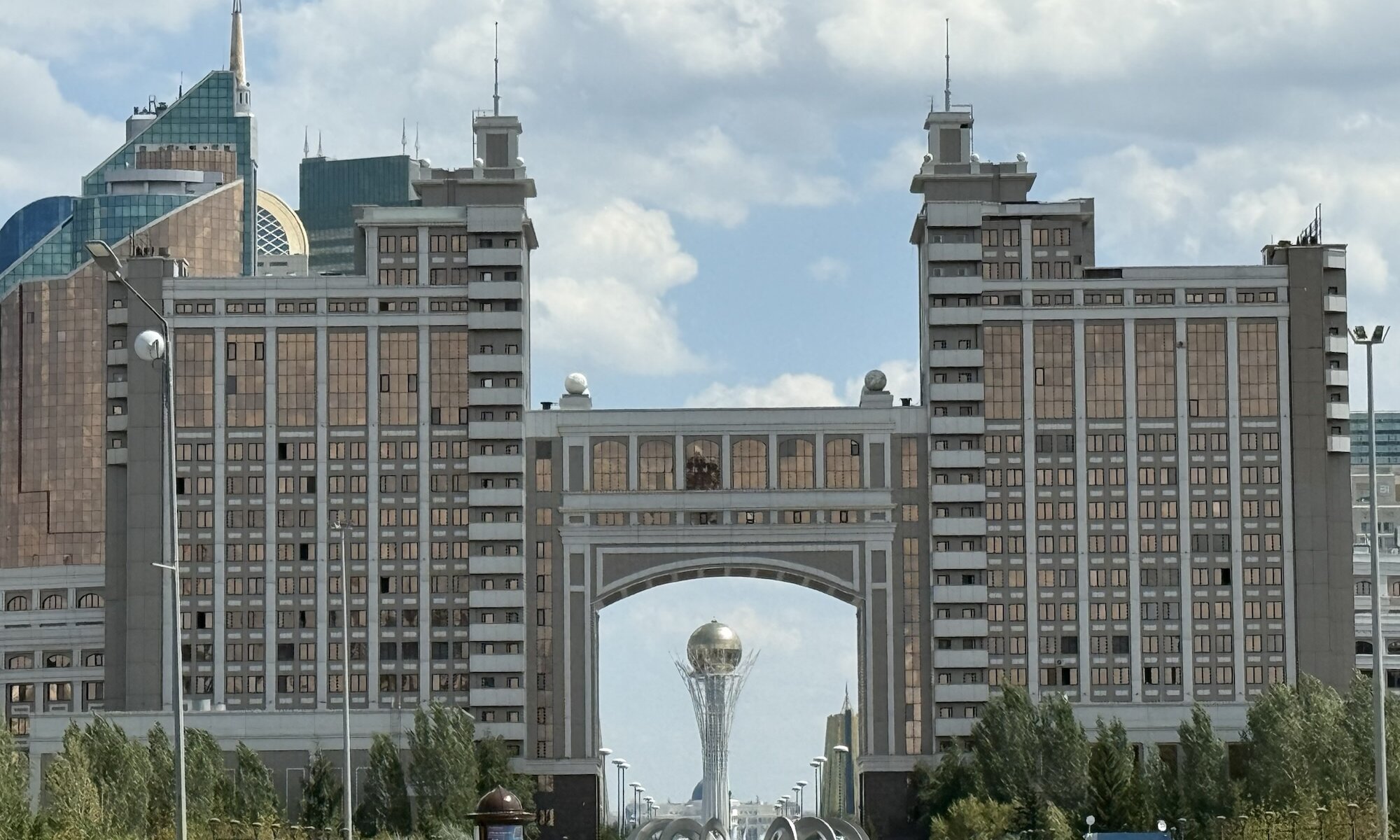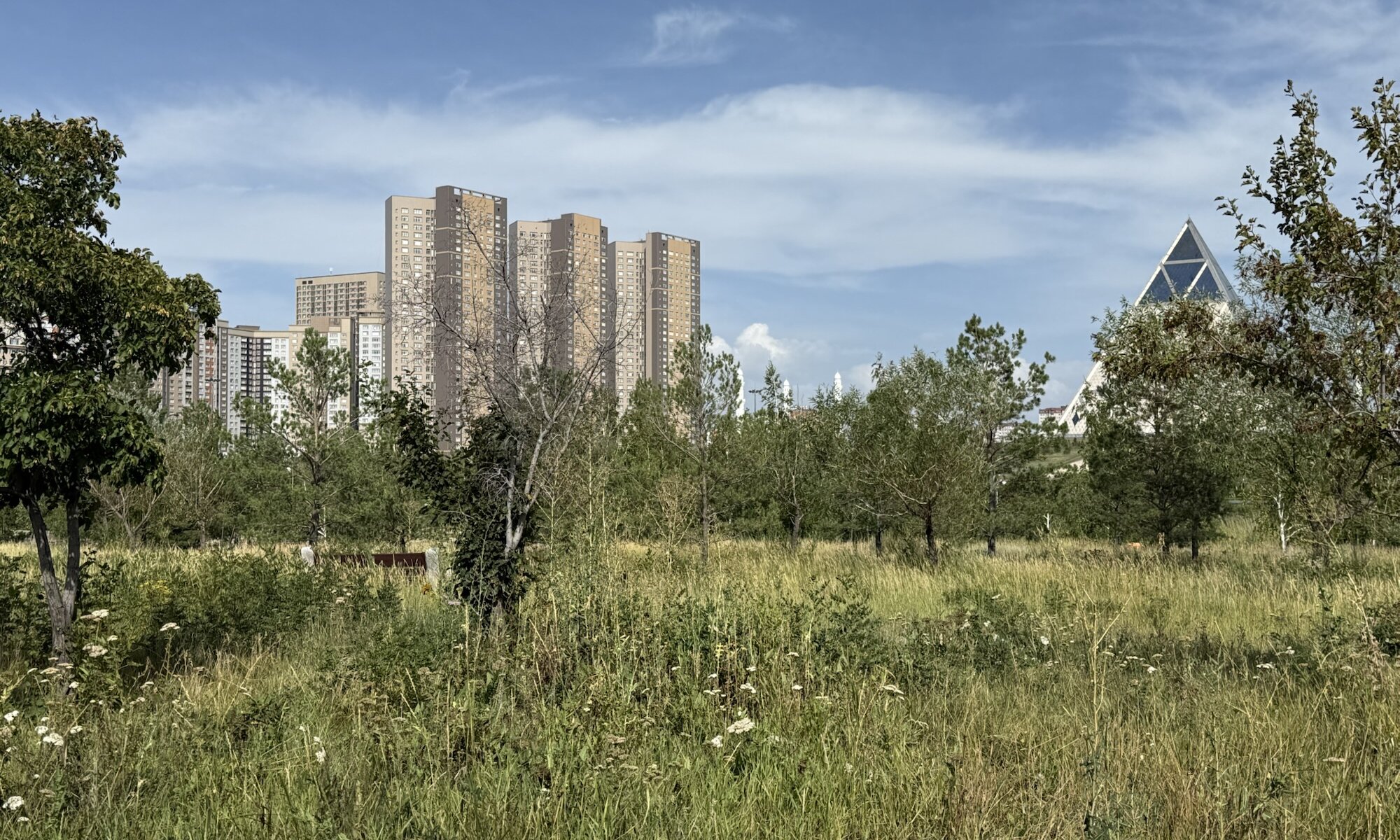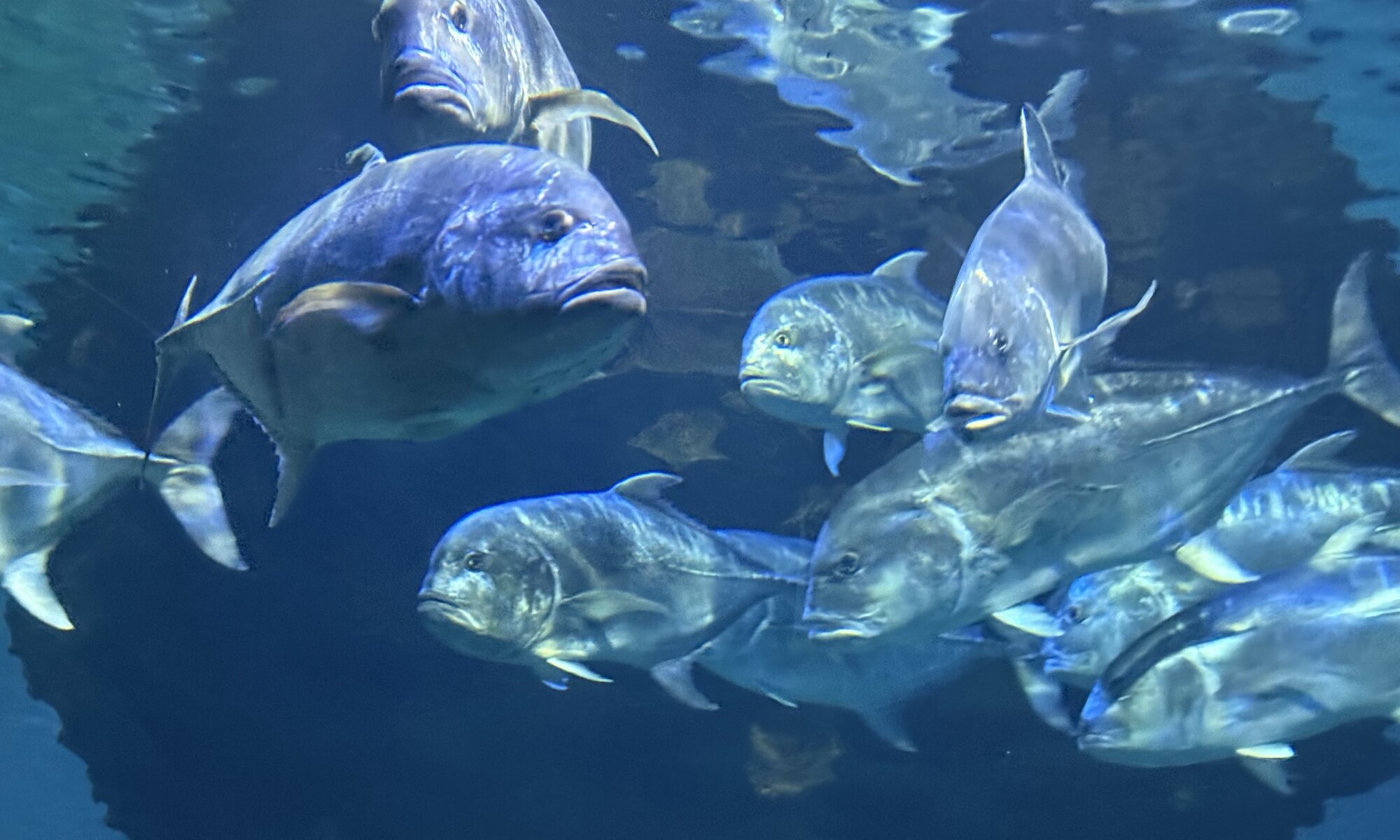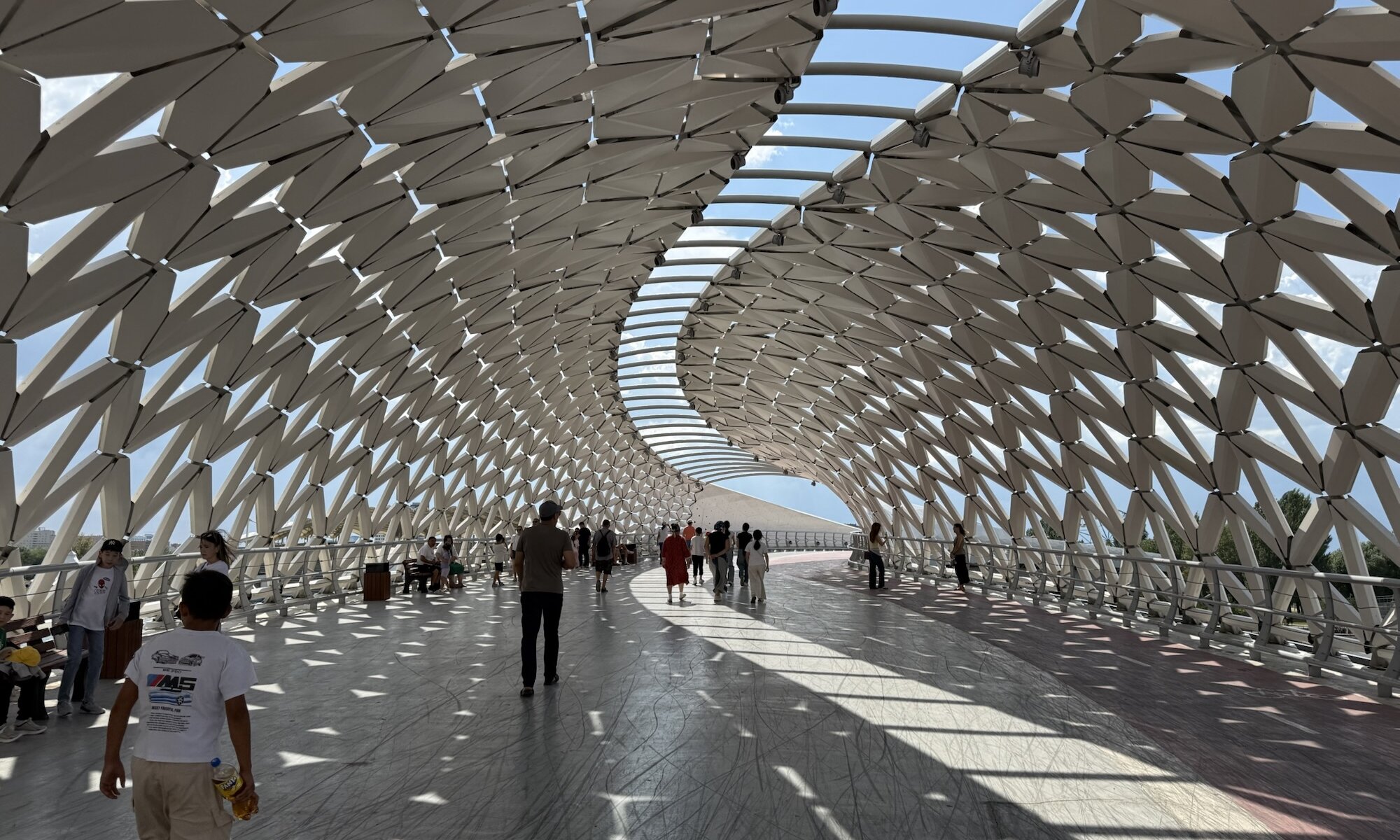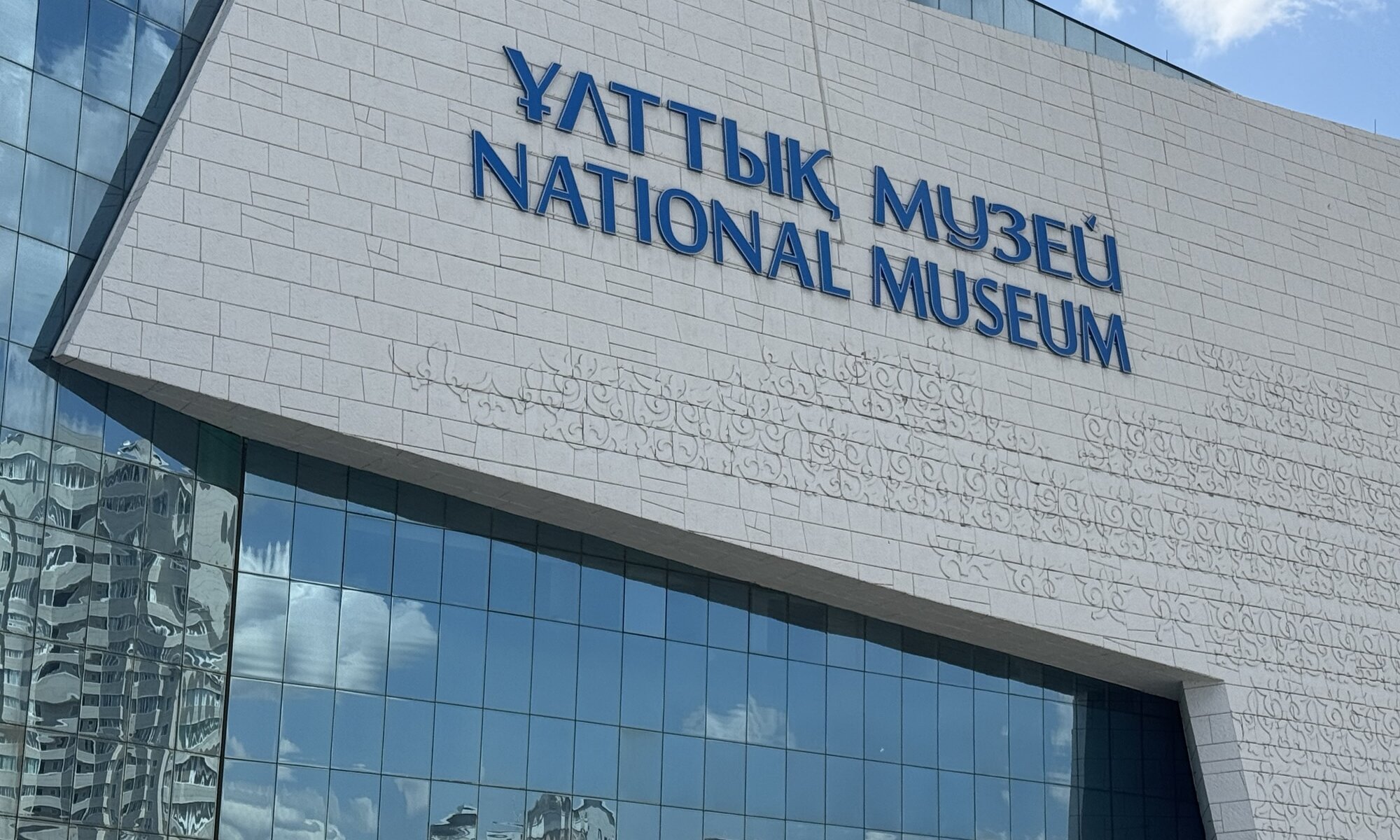Kazakhstan is a fascinating country with a deep and complex history that reflects its position as a crossroads of civilizations. Historically, it was the land of nomadic tribes who roamed the vast steppe, living in harmony with nature and relying heavily on their herds. Its strategic location meant it was influenced by various empires, including the Mongols and the Russian Empire, which shaped its cultural and political landscape. The 20th century brought dramatic changes as Kazakhstan became part of the Soviet Union, undergoing rapid industrialization and social transformation. Finally, in 1991, Kazakhstan declared independence, stepping into a new era marked by sovereignty and development.
Continue reading “Kudaj konakpyn!”Nursultan Nazarbayev
Nursultan Nazarbayev International Airport, serving Kazakhstan’s capital Астана, stands as a modern and efficient gateway to northern Kazakhstan and beyond. This airport strikes a balance between solid functionality and modern design with two main passenger terminals dedicated to international and domestic flights respectively. Its location just about 12 kilometers from the city center makes access convenient, with taxis and public transportation readily available. The clean, organized environment quickly sets travelers at ease, contrasting with the often vast and hectic feel of larger international airports.
Continue reading “Nursultan Nazarbayev”Planned city
Астана, the vibrant capital of Kazakhstan, has a compelling history that reflects the evolution of the entire nation. Originally founded as Akmolinsk in 1830 as a small fortress settlement, the city grew gradually over the years. During the Soviet era, it was renamed Tselinograd in the 1960s to serve as the center of the Virgin Lands campaign, a major Soviet agricultural project. After Kazakhstan gained its independence in 1991, the city once more transformed – first regaining the name Akmola and then receiving the name Астана in 1998 when it was designated the country’s new capital, moving government functions from Алматы. For a period between 2019 and 2022, the city was known as Nur-Sultan in honor of the first president, but eventually the original name, Астана, was restored.
Continue reading “Planned city”Presidential park
A significant green oasis set at the heart of Kazakhstan’s capital, opened in 2008 to mark the 10th anniversary of Capital City Day. The park reflects Астана’s transformation into a modern metropolis. Covering nearly 80 hectares, the park was planned to complement the nearby Ak Orda presidential palace and serves as an inviting space for locals and visitors. You’ll find wide lawns, a variety of trees, and distinctive water features, particularly a grand fountain shaped like the mythical Samruk bird – a cherished Kazakh symbol of life and freedom. The atmosphere here changes beautifully with the seasons, offering colorful flowers in spring, verdant stretches in summer, and a tranquil snow-covered landscape during the winter.
Continue reading “Presidential park”Far away from the ocean
The Ailand in Астана stands out as a remarkable destination because the entertainment center is home to the only oceanarium in Kazakhstan, an astonishing spectacle set deep within the country’s steppe, far from any coast. What makes this oceanarium even more unique is its world record status: according to the Guinness Book of World Records, it is the most distant aquarium from any sea or ocean, situated more than 3,000 kilometers from the nearest coastline. Since its opening in 2003, the oceanarium rapidly became one of Kazakhstan’s main tourist attractions and a point of local pride, drawing hundreds of thousands of visitors annually.
Continue reading “Far away from the ocean”Along the Ishim
The Central park in Астана has a rich history dating back to the late 19th century, when the city was still called Akmolinsk and served as a caravan crossroads on the steppe. Over time, the park has witnessed periods of both decline and revitalization, evolving with the city’s dramatic transformation from a regional town to the modern capital of Kazakhstan. One of the city’s oldest living relics, a black poplar tree planted over 130 years ago, still stands in the park and is considered an important symbol of Астана’s heritage and the community’s connection to its past.
Continue reading “Along the Ishim”Kazakhstan’s history and culture
The National Museum of the Republic of Kazakhstan, located in Астана, stands as one of the most prominent cultural attractions in the capital. Opened in 2014, the museum was established to coincide with the celebrations of Kazakhstan’s independence and the country’s efforts to preserve and showcase its rich heritage. The structure itself is a masterpiece of contemporary architecture, featuring sweeping lines and expansive open spaces, representing a bridge between the nation’s storied past and its dynamic present.
Continue reading “Kazakhstan’s history and culture”Орталық мешіті
The Central Mosque in Астана, also known as the Астана Grand Mosque, stands as a magnificent architectural landmark and the largest mosque in Central Asia. Its grand scale is immediately striking, featuring a massive main dome that is about 83.2 meters high and 62 meters in diameter, making it one of the largest domes of its kind in the world. Surrounding it are four towering minarets each reaching 130 meters tall, symbolically divided into five parts representing the five pillars of Islam. The mosque’s exterior is beautifully detailed with white Arabic calligraphy on a blue background, and the entrance boasts one of the tallest wooden doors globally, standing 12.4 meters tall and crafted from hard iroko wood imported from Africa. This blend of scale and intricate detail creates a sense of awe from the moment you approach the mosque.
Continue reading “Орталық мешіті”Nur Alem
The Nur Alem Pavilion stands out as the most recognizable symbol of Астана’s transformation into a city of innovation and ambition. This stunning building is an architectural marvel – a perfect glass sphere with 80 meters in diameter and rising 100 meters tall, making it the largest spherical building in the world. It was designed by the US-American architectural team Adrian Smith + Gordon Gill, renowned for their work on some of the world’s most iconic skyscrapers. Built for EXPO 2017, Nur Alem’s graceful curves and shimmering surface have since turned it into a true icon of the Kazakh capital.
Continue reading “Nur Alem”Iconic
Baiterek tower in Астана is a prominent symbol deeply intertwined with Kazakhstan’s modern history and cultural identity. Built between 1996 and 2002 to coincide with the capital’s relocation from Алматы to Астана in 1997, the tower stands 97 meters tall, symbolizing the year of this important transition. Its design is inspired by a Kazakh myth about the Tree of Life, where a sacred bird named Samruk laid an egg in the tree’s branches, represented by the golden sphere atop the tower. This concept embodies the connection between the earth, life, and the sky, making the tower more than just a structural landmark – it signifies new beginnings and the hopes of the nation.
Continue reading “Iconic”